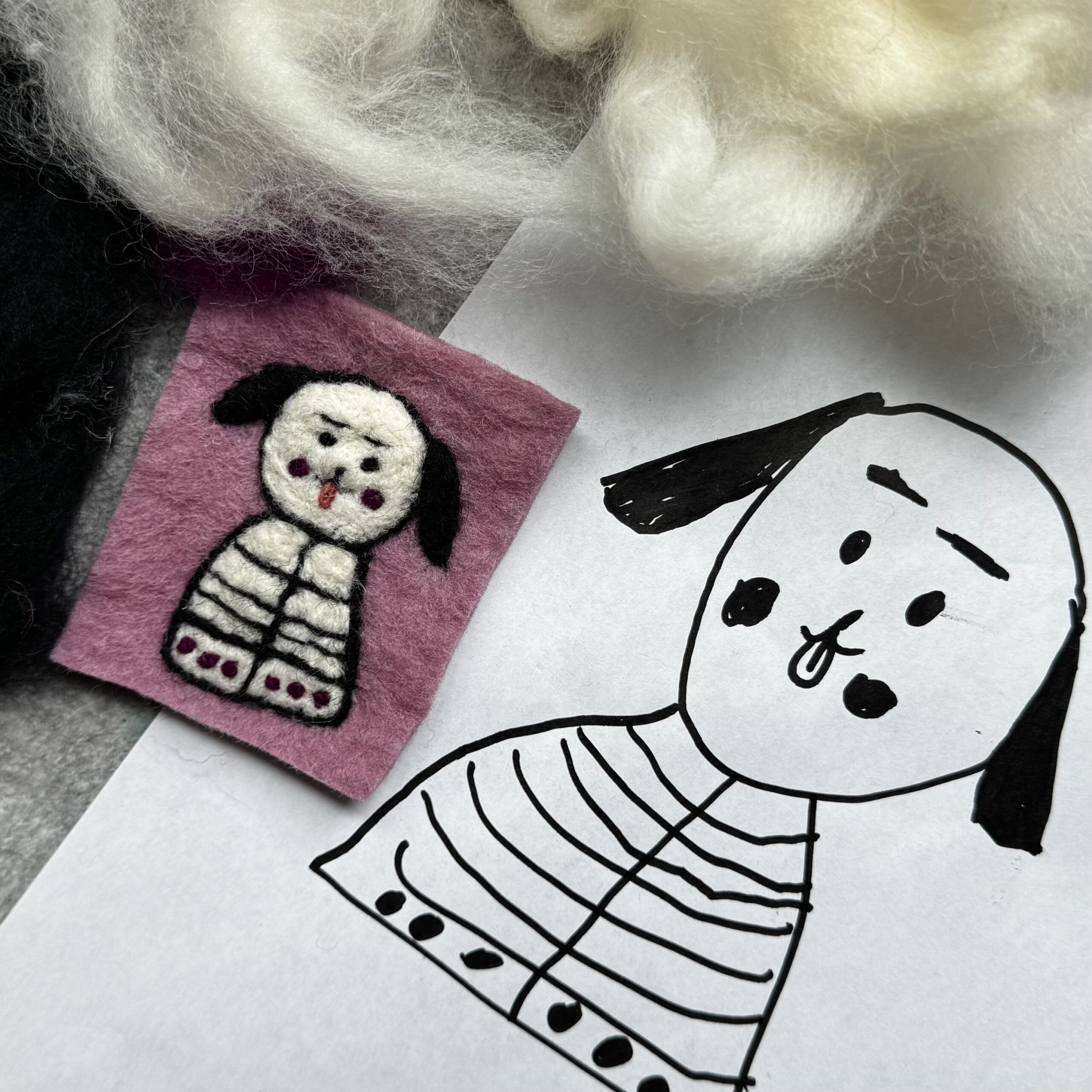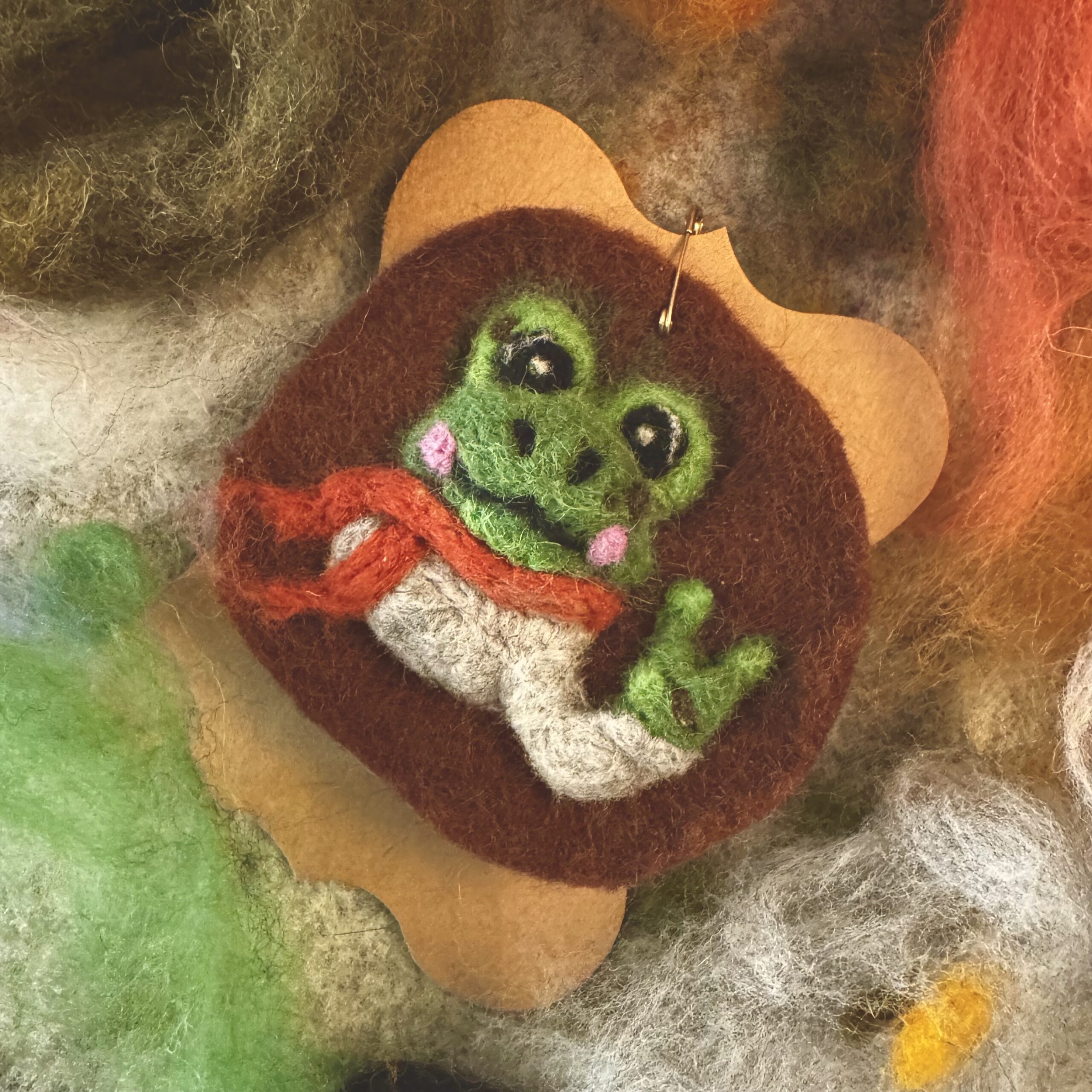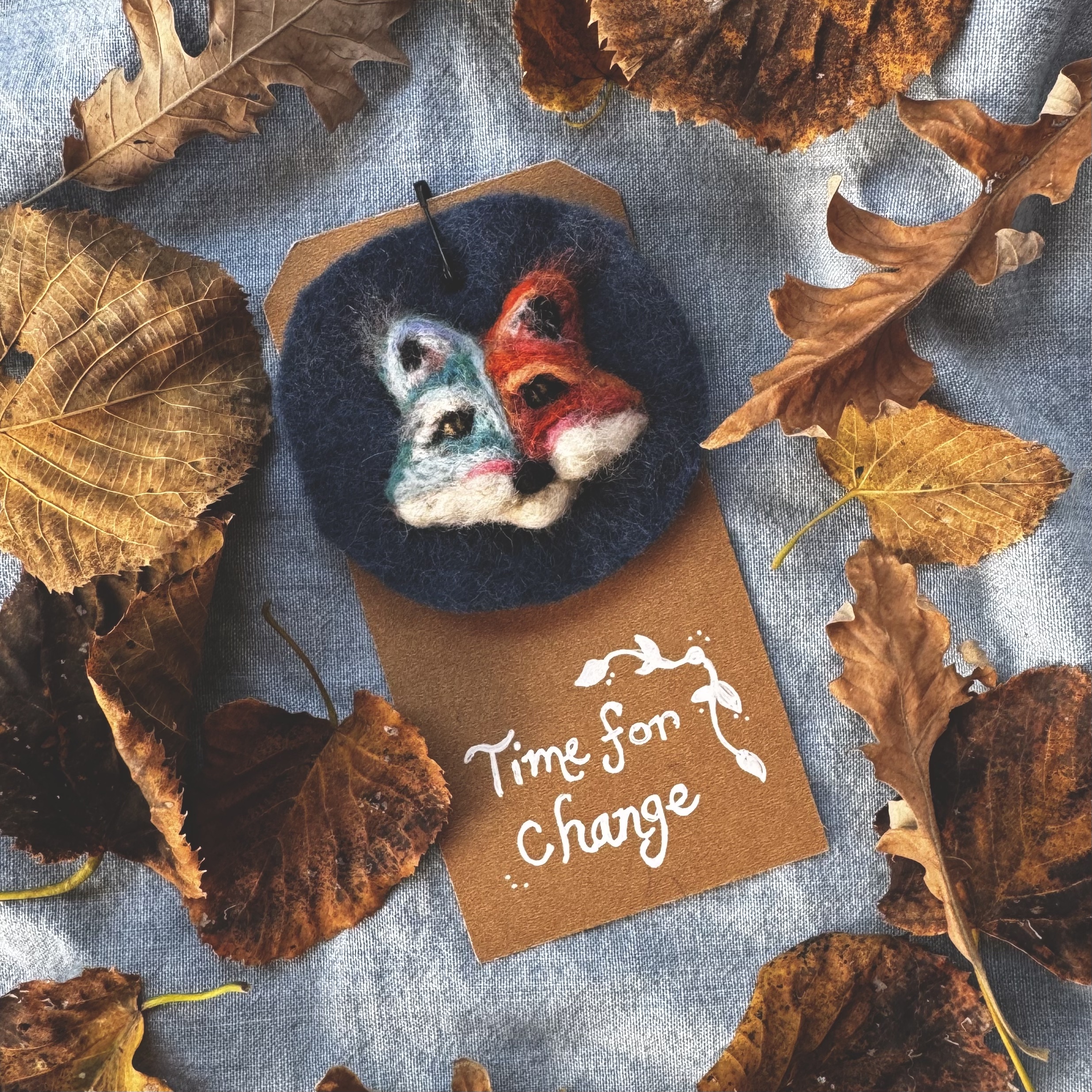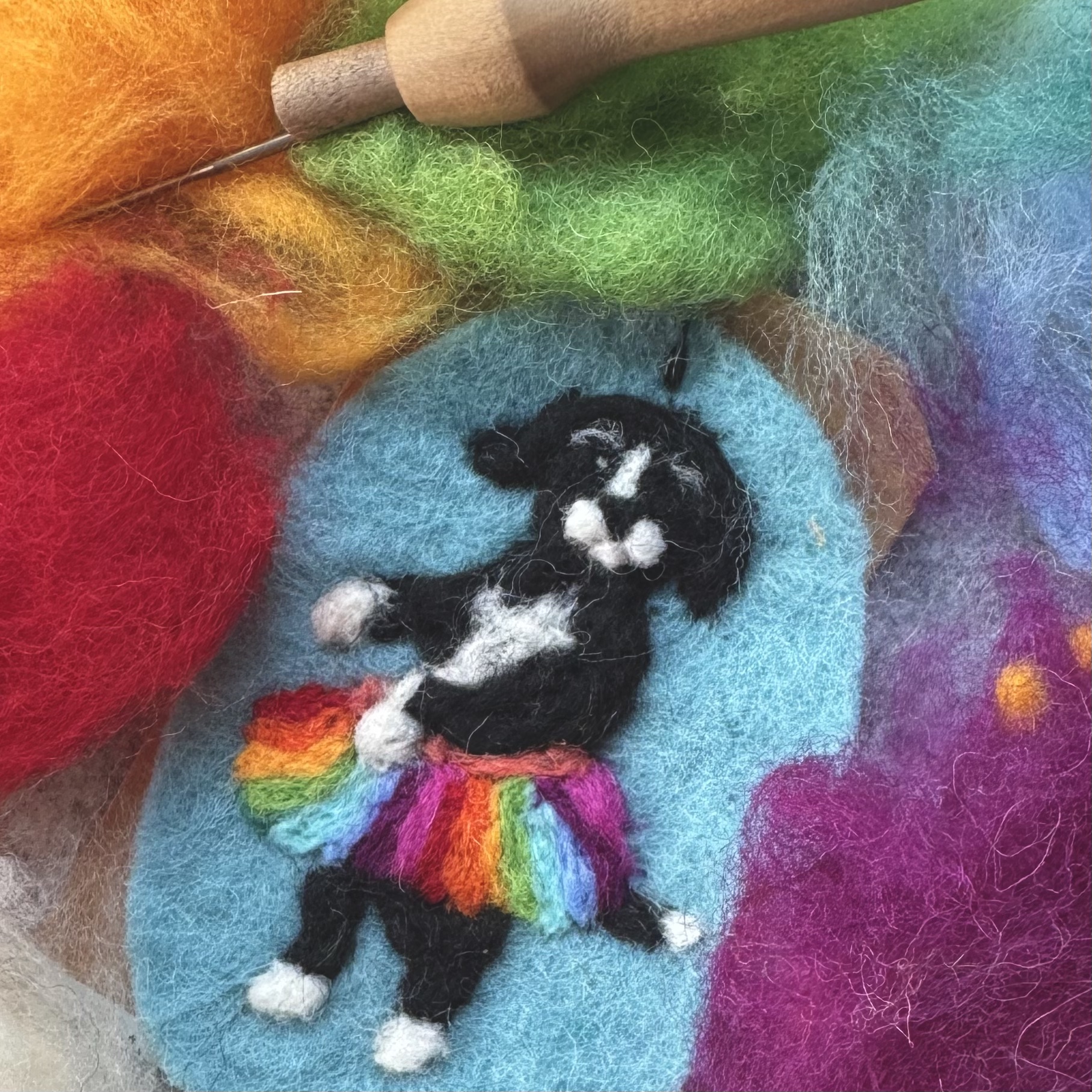
Recently I found this drawing of a puppy done by a mindful child. It was calling for me to memorialize it into a patch. The stylized details, the cute simplicity…
While I needle-felted, Aimee Carty’s song “Child Again” cycled through my playlist. It’s a lovely song that reminds us that the things we admire about childhood are hardly as out of reach as we proclaim them to be:
“Oh, to be a child again,” they said
To have a brand new heart and brand new head
To find the smallest of all things exciting
To find the biggest of all things inviting
“Oh, to be a child again,” they said
At first, I thought it too
But now I’m thinking
And I don’t know if I do
’cause I’m just thinking
That maybe we don’t miss being younger
Maybe we just miss the wonder
We miss the point of view
But we can have it too
If we really try
All you have to do
Is open your eyes
The world is just the same
As it has always been
The beauty is alive
It’s eager to be seen
So don’t dismiss the colours
Don’t dismiss the sounds
Find comfort in the rain
Find magic in the clouds
As we get older
We fall into a spell
To blame it on the world and not to look inside ourselves”
There are things that do change as we grow older, including responsibilities. However, there are things we can carry forward into adulthood that we all to often unintentionally let go of in that process of change. Most of the things that we long for when we say “oh to be a child again” are still ours to hold. We can continue to hold the wonder of our childhood while still maintaining our growth. We can continue to hold creation and imagination. We can continue to hold bold new friendships. We can hold onto hope even against the darkest days.
So, if I may, add a verse to Carty’s song – one about what we can do the next time we long with despair “to be a child again”:
We gather all the paper planes we folded in our youth,
Launch them on the winds of louder, unapologetic truth.
We paint outside the margins where the fearful lines once ran,
And write our names in colors only grown-up hearts can span.
We’re slower now, but every soul can still leap off the swings,
Reclaim the sound of laughter and the power hope still brings.
When the playground echoes call, remember where they’ve been:
The child we were is cheering on the grownup we are in.
Oh to be a child again – or rather walk together with the child still within.
Create, love, speak, share, and dream with the combination of your childlike spirit and your life-living wisdom.










